You've heard it before — the way people search online is changing, so your website content strategy needs to change too. And if your website is desperately needing a boost in organic web traffic or user engagement, pillar pages are a great solution. A pillar page is a resource page that covers a core topic in depth and links to high-quality content created for the supporting subtopics. Here’s 3 reasons why the benefit your site, beyond basic SEO.
Appeal to more conversational search queries
People are searching for longer, more conversational queries and Google is getting better at sorting through the thousands of pieces of content out there to serve up the best, most accurate results possible, too. HubSpot explains in best in this scenario:
“Picture yourself before entering a Google search. If you were trying to find a place to eat sushi, would you search for "restaurants," or would you search for "Japanese restaurants near me"? If you'd go with the second option, you're among the majority: 64% of searches are four words or more, and we're seeing a growing number of these longer-form conversational search queries that help people find the exact information they're looking for.”
Fortunately, because pillar pages are rich in content, they have a higher chance at being the answer to those more detailed queries — helping people sort through the junk to get the information that they need.
Using the example of a Japanese restaurant and knowing how crowded search results can be for places to eat, having a Keyword rich Pillar page can help you stand out in search results. This is especially true with the conversational, or "long-tail" keyword searches that drive specific results to be shown. See the example below and notice the highlighted words:
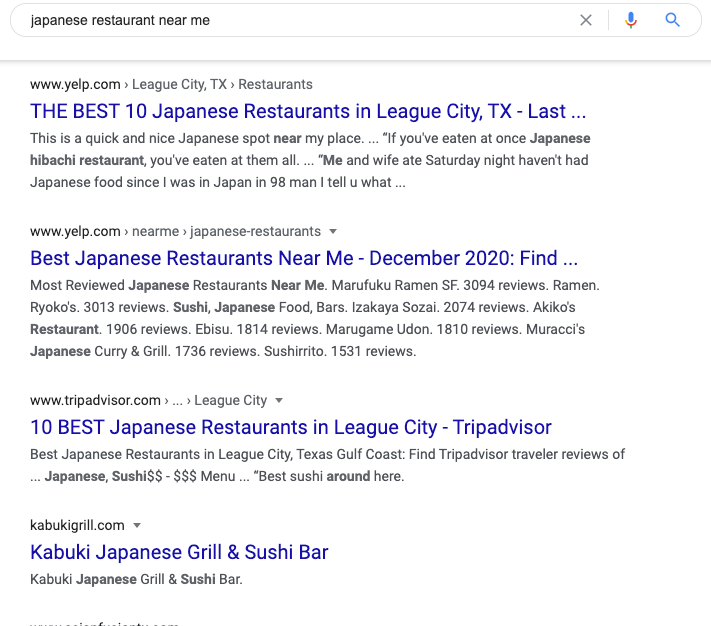
Versus
This example shows how a pillar page even for a highly competitive search such as the general restaurant search can move your business to the front of search results. This is even without a specific qualifier on type of cuisine.
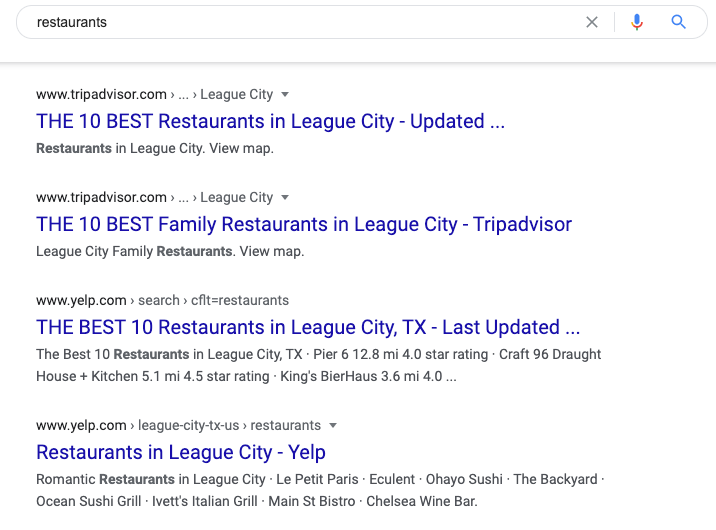
Provide better answers – less jargon, more value
Human search behaviors have changed, and so have the technologies used to interpret and serve up search results. Optimizing blog content to rank for long-tail keywords is no longer the best way to rank in search engine results -- and your blog architecture has something to do with that. Pillar pages rich in relevant topic words and phrases, help more pages rank to give searchers better answers.
The way most blogs are currently structured (including our own blogs, until very recently), bloggers and SEOs have worked to create individual blog posts that rank for specific keywords. The result is disorganized, and hard for the user to find the exact information he or she needs. It also results in your own URLs competing against one another in search engine rankings when you produce multiple blog posts about similar topics.
Improve user-experience
Pillar pages are an easy way to provide an organized and user-friendly experience for a reader. The pillar page acts as a roadmap for the rest of the site by touching on all the content present on the site. This includes links to more detailed information for all the related content on the site. Pillar pages provide a level of organization makes it easy for your audience to find what they are looking for — which can typically lead to a boost in engagement.
Putting it all together using an example of a Pillar Page for DPIS Builder Services that we built:
Say you put in a Google Search for "Third Party Inspections"...
These results come up, and the pillar page is listed.
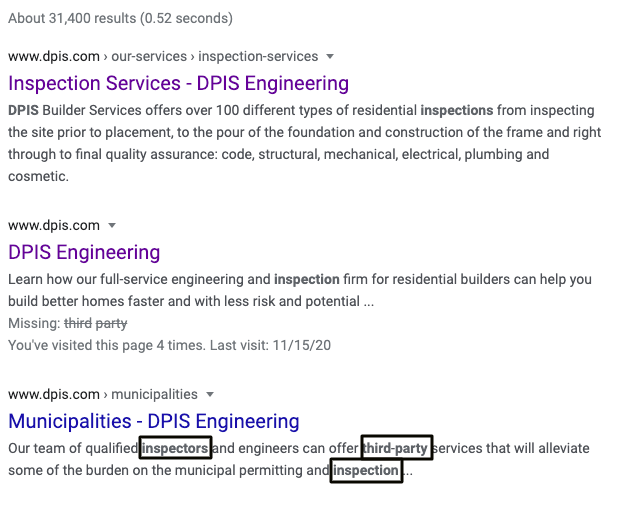
Pillar Page with Keywords highlighted from search results leading to a click on this page:
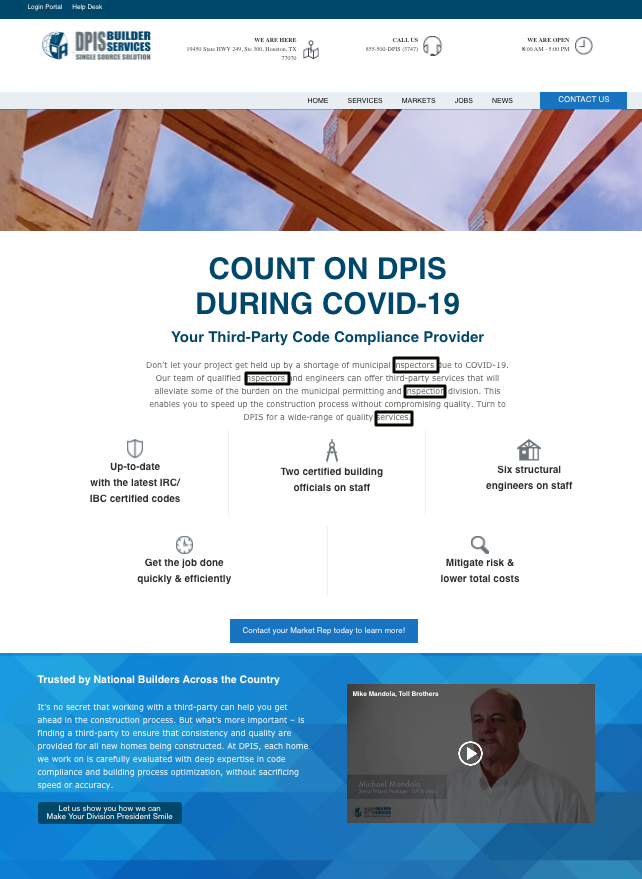

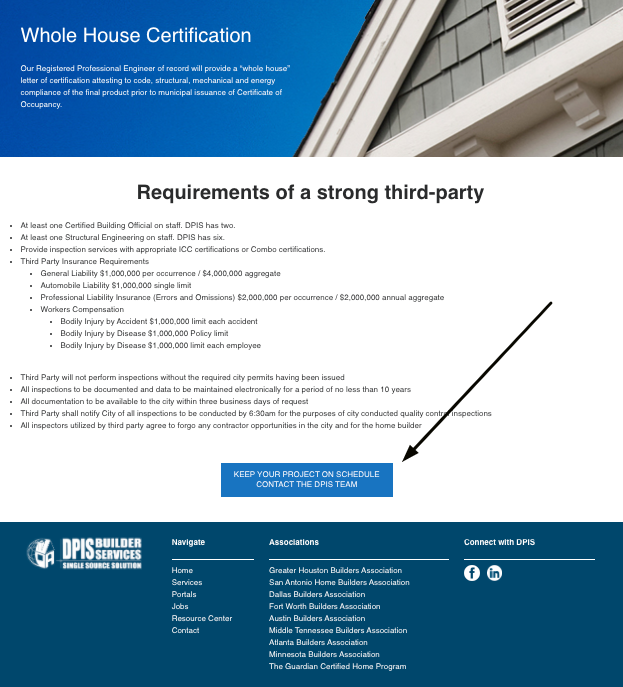
Once the user has landed on the pillar page, CTA's, or Calls to Action are placed throughout to move them towards conversions, or additional content. This further enhances the search intent of not only the pillar page, but all other relevant content that the user was looking for in the first place.
Looking for more examples of a pillar page, or need help creating one for your business? Take a look at our web development page!
Or, contact us with any questions you might have.



Leave A Comment